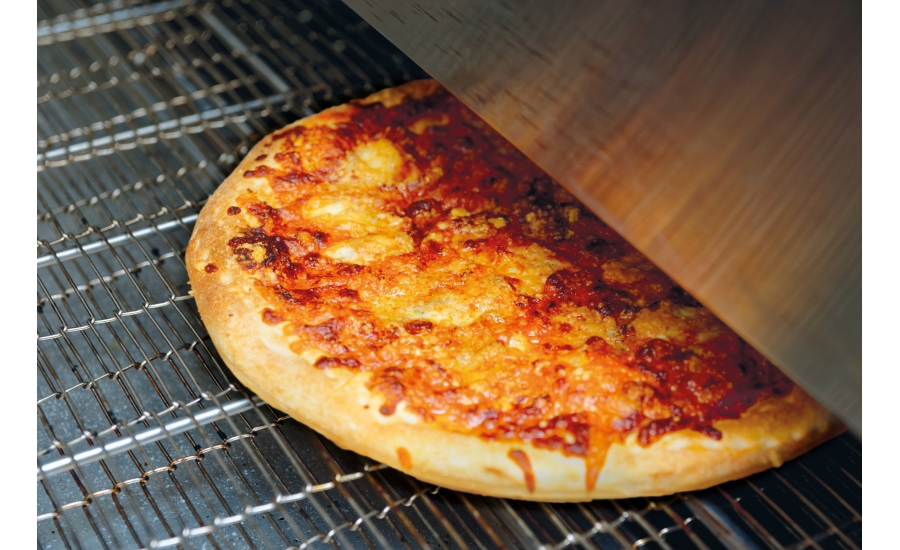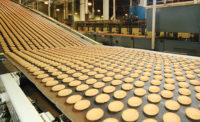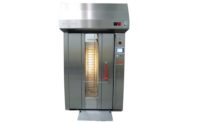Lubricants are a necessary component of a wide range of snack and bakery equipment, including pizza ovens. In order to learn more about the options available to pizza production, we reached out to Toby Porter, food market manager, Klüber Lubrication NA LP, Londonderry, NH.
Douglas J. Peckenpaugh: Have equipment lubrication options changed in recent years?
Toby Porter: Yes. Today, bakeries, food processors and food packagers have new options in selecting H1 food-grade lubricants that are also ISO 21469 certified. NSF International administers the registration and listing program for H1 food-grade lubricants suitable for food processing areas and for incidental food contact. The organization also certifies food-grade lubricants to the ISO 21469 standard, which is voluntarily implemented by lubricant manufacturers who care to do so.
DJP: What is involved in meeting ISO 21469 standards?
TP: It takes several extra steps for a lubricant manufacturer to meet stringent ISO 21469 standards. ISO 21469 certification signifies that the manufacturer has undertaken product analysis and process audits—verified by an independent, third-party assessment—that cover the entire production-cycle of the lubricant. The certification creates new manufacturing benchmarks that ultimately benefit end-users by taking a holistic approach to the production of food-grade lubricants, covering the sourcing of raw materials, formulating, blending, filling and shipping. Participating manufacturers can use the official NSF ISO 21469 mark on the packaging and labels of qualifying products.
DJP: Why is this certification so comprehensive?
TP: This holistic approach ensures that the lubricants are not only manufactured in accordance with the standards, but that they are also produced and delivered intact and free from outside contaminants. The thoroughness involved with ISO 21469 certification catches factors that may be otherwise overlooked, such as the process of switching from the production of one formulation to another. NSF ISO 21469 certification requires a manufacturer to include a hygiene strategy that takes into account any chemical risks (such as cleansing agents and non-approved raw materials). Also covered are physical risks (adulteration by foreign substances picked up from machinery) and biological risks (presence of pathogens, toxins, etc.) associated with the intended use of the lubricant.
DJP: What ISO 21469 certified lubricant options exist for pizza ovens, which often operate at high temperatures?
TP: There are several ISO 21469 certified lubricants available for food processing applications. Even for bread ovens where high temperatures can break down typical roller-bearing greases, there is an NSF H1 ISO 21469 certified grease that can offer good component protection and high temperature stability in this challenging environment. Another example is for high-temperature tortilla, pizza and flatbread ovens where common chain lubricants begin to evaporate at 500 to 600°F (260 to 315°C), a formulation is now available with white solid particles that become impregnated into the chain to withstand high temperatures and substantially extend lubrication intervals and component life.
The extra steps involved with ISO 21469 make it possible for a certified manufacturer to help end-users advance their own quality journey. For example, by analyzing hygiene issues that arise from handling the product, manufacturers can guide customers on best-practice recommendations for their own facility.
As needed, customers can utilize the ISO 21469 certification in conjunction with their own Hazard Analyses and Critical Control Points (HACCP) plan and get proper lubrication charts and on-site assistance for implementing the required actions.





